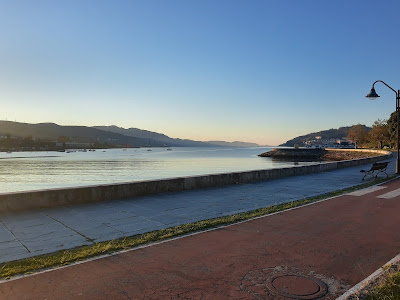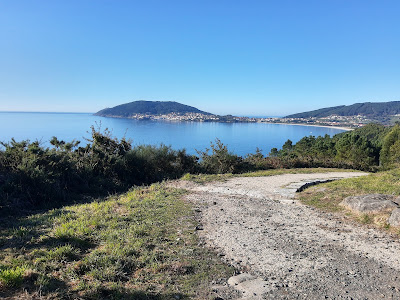I was still determined to get my bike ride in before I leave Belgium tomorrow, so last night I stopped in at the bike rental place at the Antwerp train station. The man there was tremendously helpful. Not only did he set me up with a bike, but he walked me through all sorts of route options. Originally I thought I would ride to Brussels along what they call a cycle highway, but he discouraged that for several reasons. One of his alternative suggestions was the Kunststedenroute, or the "Art Cities Route": https://www.vlaanderenmetdefiets.be/en/routes/kunststeden.html. The whole route is 300+ kilometres from the coast to Brussels, but it passes through Bruges, Ghent, Antwerp, and so on. My bike rental friend told me if I rode to Ghent and took the train back I would have a lovely ride along the Scheldt River and should be able to get in a full metric century (100 kilometres of riding). And, so, that is what I decided to today.
No rain this morning, although it was quite cold as I set out. I would have started earlier, but I wanted it to warm up a little. Even with a late start my fingers were numb as I navigated out of Antwerp. Partly because I needed to add a few kilometres to my route to reach 100, I decided to detour a little past the Guiette house, which is one of a group of buildings designed by the architect Le Corbusier that are UENSCO-listed. I was intrigued that a residential home would have a UNESCO designation and indeed I managed to cycle right by it without realizing! In the end, I did get a picture of the side of the house!
Anyway, all that to say that we were running well behind schedule and I was getting quite nervous that we would not reach Antwerp by 19:00. In fact, we did pull in at 18:55, and I managed to wheel out of the station and down the sidewalk on the bike, reaching the bike rental shop at 19:01. Happily, the door was still unlocked and I was able to return the bike without trouble; phew! Tomorrow I am catching the train from Antwerp to AMS to fly home, and I did not want to have to spend the morning dealing with an overdue bike rental!























































































